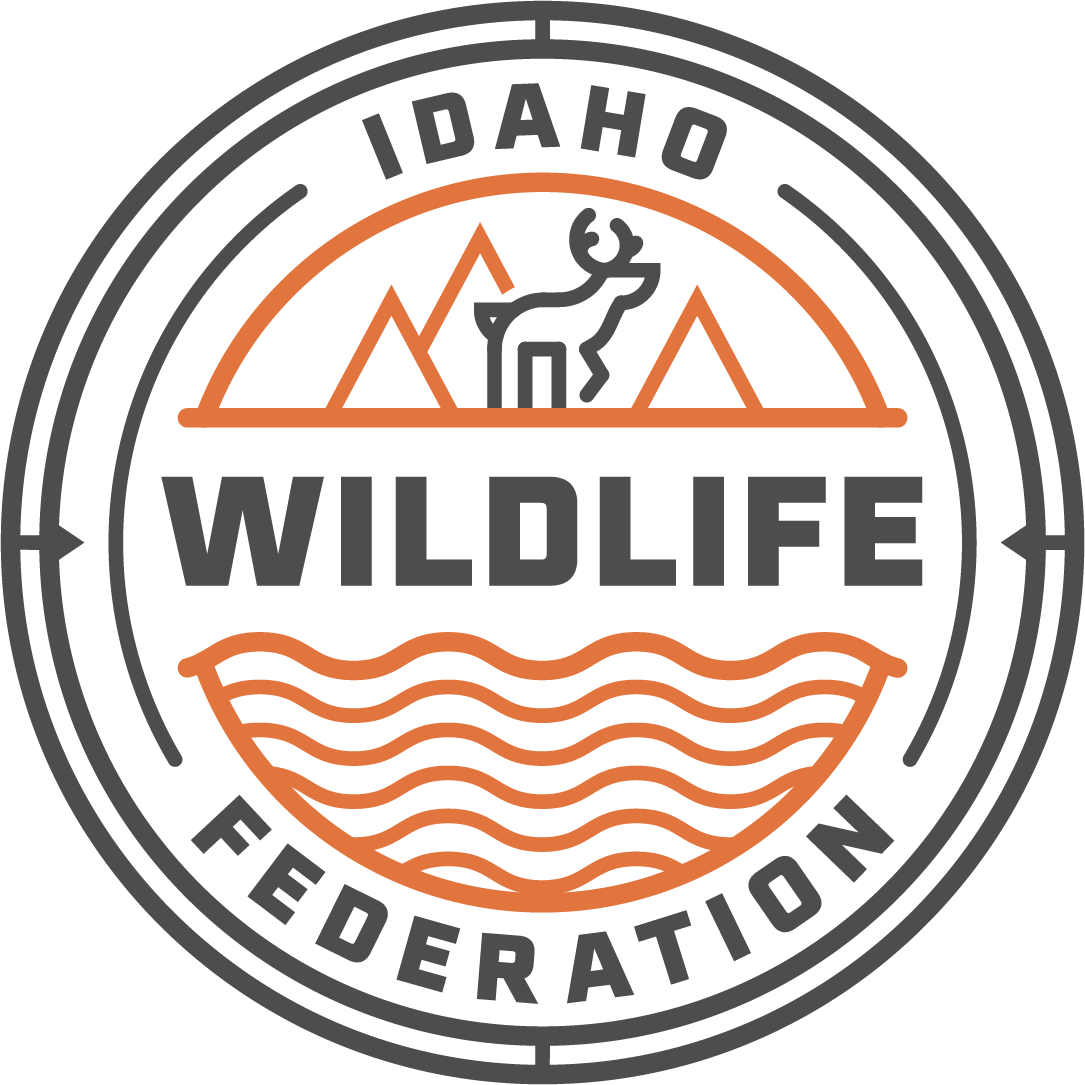March IDFG Commission meeting recap
The spring meeting of the Idaho Fish and Game Commission took place between March 25th and March 26that IDFG headquarters in Boise. Big game season setting, Hunting and Advanced Technology Working Group recommendations, nonresident tag draw system updates, and more were on the agenda.
There was strong attendance at the public comment meeting. While a number of individuals and conservation organizations were present and provided testimony, including IWF, the majority of the attendees who stood up to testify were houndsmen. Members of all ages from houndsmen groups across Idaho came in to testify on the big game seasons. It was a great showing, and testimony showcased their dedication to hunting with hounds while striking a respectful tone to the Commission. Ultimately, this testimony resulted in the Commission amending the proposed season dates to permit bear hunting with hounds in unit 32 during the last two weeks of September. While the Commission did also approve year-round mountain lion hunting, which most houndsmen who testified opposed, it was nevertheless an excellent example of hunter conservationist advocacy in action.
The majority of other big game seasons were approved as proposed, though it was also noted that more than 30 proposals were dropped or modified earlier in the process as a result of public input.
Another item that generated robust discussion had to do with working group recommendations. The Commission discussed recommendations from the Dworshak Elk Working Group, a group organized by IDFG which included 12 members who represented rifle, muzzleloader, and archery hunters in the Dworshak zone as well as landowners, outfitters, and statewide sporting groups, and modified some recommendations from the Southeast Idaho Mule Deer Advisory Committee after receiving additional public input – the public support for adapting some general hunts in unit 76 to muzzleloader only was low, and so the Commission did not proceed with this recommendation
Of significant interest were the recommendations from the Hunting and Advanced Technology Working Group (HAT) that has met 8 times over the past 5 months. This group has generated significant interest across the state – more than 750 applicants sought participation when the group was initially announced – and how advances in technology are utilized in hunting will be a central conservation question moving forward. Questions of fair chase, the balance between hunter success and hunter opportunity, and other considerations central to our way of life will be influenced by this discussion, and we are glad to see IDFG taking a proactive approach to determining hunter views on the subject.
The HAT group included 23 participants from across all seven fish and game regions. They were able to reach full consensus on a number of recommendations that the Fish and Game Commission will move through negotiated rulemaking on to determine suitable restrictions. There were also three technologies, including night vision, thermal imaging technology, and cellular trail cameras, that the HAT group came within only one vote of achieving full consensus – given this strong majority, the Commission determined to move these technologies through negotiated rulemaking as well. IWF was in attendance at many of these meetings and provided input throughout the process.
Continuing with the ongoing saga of the nonresident hunting tags, the Commission moved further along the path towards a draw system for nonresident hunters. While still not final, IDFG will move forward with building out a framework for shifting nonresidents from an over-the-counter system for purchasing tags to a draw for the 2026 tag season. Some uncertainty remains over the fiscal impact of this – while the discussion around moving the cap on nonresident tags down to 10% of total tags is ongoing for future seasons, the Department is recommending a step-by-step approach; ensure that the draw system works first, then discuss the complex issue of decreasing the nonresident quota.
A handful of other items discussed in the meeting were informational. The snowpack is about average across much of the state. Elk calf survival through the winter has been about average, with mule deer fawn survival a little below average. The 2025 spring chinook forecast is 31,634, compared to the 2024 actuals of 42,026 and the 10-year average of 42,602 (yes, they apparently really are that close). The natural fish return forecast is significantly lower, at 7,824 compared to the 10 year average of 9,693.
The next meeting of the IDFG Commission is currently scheduled for May 21-22 in Idaho Falls.
